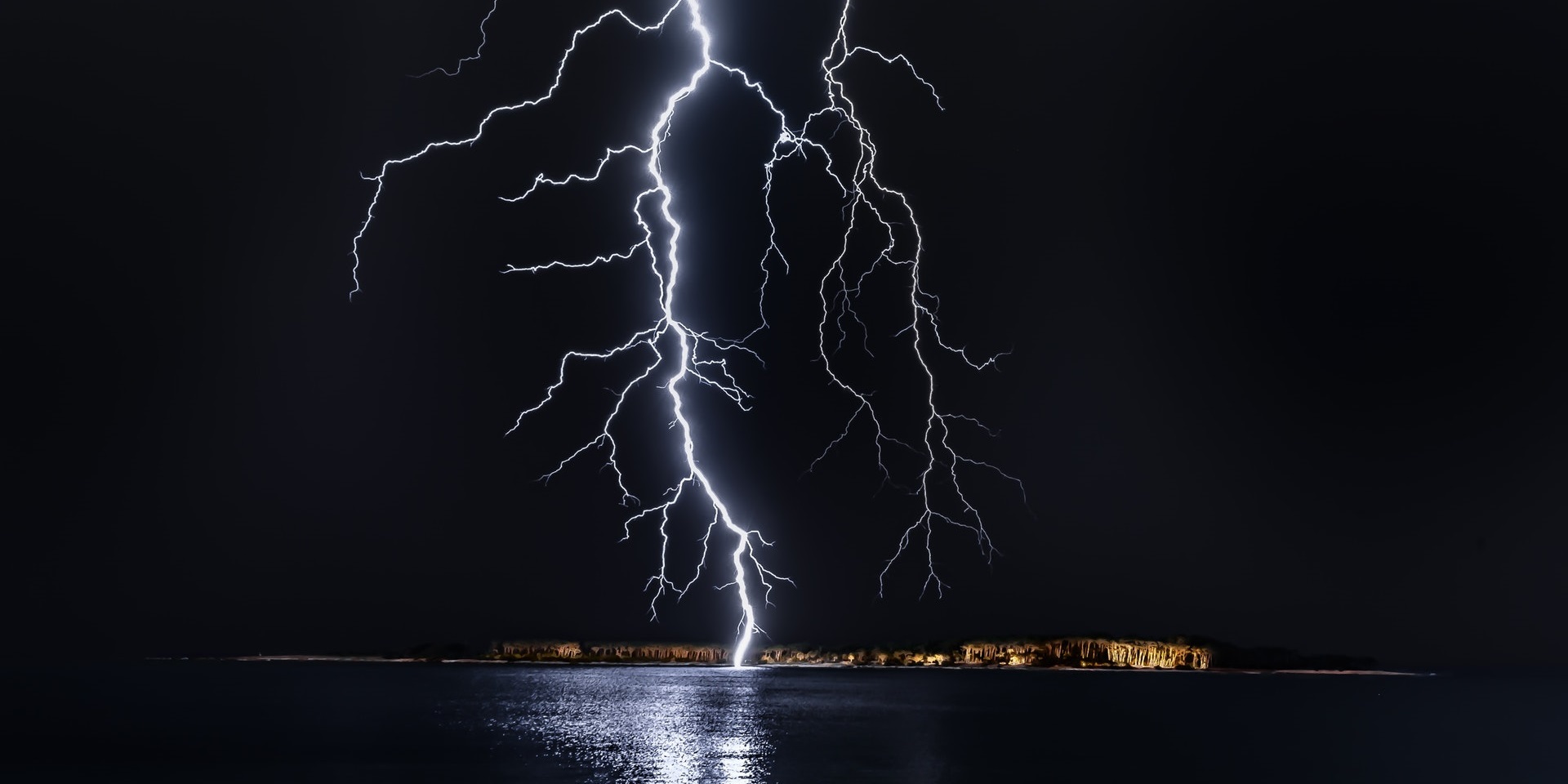weatherontheair.com – The mesmerizing sound of thunder and the brilliant flash of lightning are hallmarks of severe storms. These natural phenomena captivate our imagination but also pose significant dangers. Understanding the mechanisms behind lightning and severe storms is crucial for ensuring safety and minimizing their impact on our lives.
The Science of Lightning
Lightning is a powerful electrical discharge that occurs when there is an imbalance between storm clouds and the ground, or within the clouds themselves. This imbalance is typically caused by collisions between ice particles within the cloud, which generate electrical charges. When the charge difference becomes too great, a sudden discharge occurs, resulting in lightning.
Types of Lightning
- Cloud-to-Ground Lightning: This is the most dangerous type, where the discharge travels from the cloud to the ground. It poses a direct threat to life and property.
- Intra-Cloud Lightning: Occurs within a single cloud and is the most common type of lightning.
- Cloud-to-Cloud Lightning: Happens between two separate clouds.
The Impact of Severe Storms
Severe storms often accompany lightning, bringing with them a host of potential hazards:
- High Winds: Storms can produce powerful winds that damage structures, knock down trees, and create flying debris.
- Heavy Rainfall and Flooding: Intense rain can lead to flash floods, endangering lives and causing extensive property damage.
- Hail: Some storms produce hailstones that can damage crops, vehicles, and buildings.
- Tornadoes: In some cases, severe storms can spawn tornadoes, which are violently rotating columns of air capable of causing extensive destruction.
Safety Measures and Preparedness
To protect yourself from the dangers of lightning and severe storms, consider the following safety measures:
- Seek Shelter: During a storm, stay indoors and avoid open fields, tall trees, and bodies of water. If indoors, stay away from windows and avoid using electrical appliances.
- Heed Warnings: Pay attention to weather alerts and warnings issued by meteorological services, and take them seriously.
- Create an Emergency Plan: Develop a family emergency plan that includes a safe meeting place and a communication strategy.
- Prepare an Emergency Kit: Have a kit ready with essentials such as water, food, flashlight, batteries, and a first-aid kit.
Conclusion
The sound of thunder and the spectacle of lightning are awe-inspiring elements of nature. However, severe storms that accompany them can be dangerous and destructive. By understanding the science behind these phenomena and taking appropriate safety measures, we can better protect ourselves and our communities from their impact. Awareness, preparedness, and respect for nature’s power are key to minimizing risks and ensuring safety during these powerful weather events.
